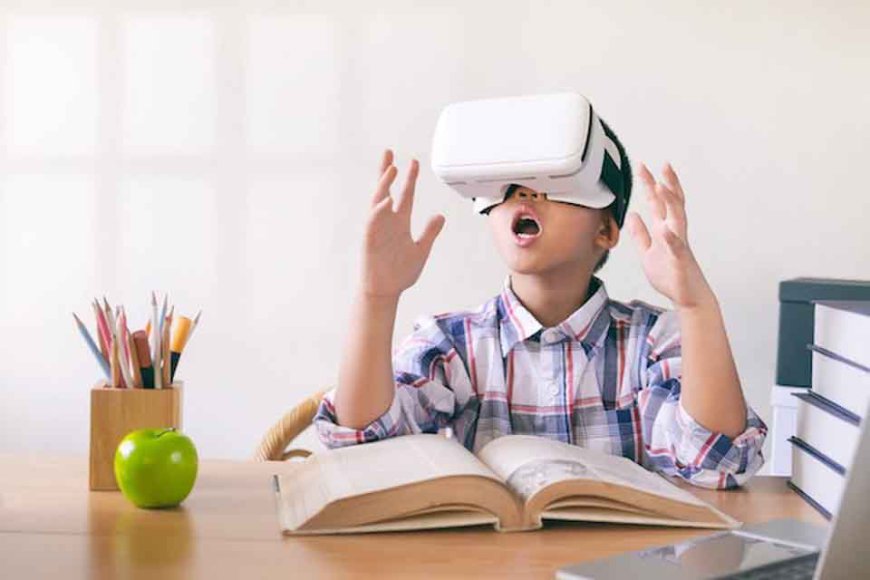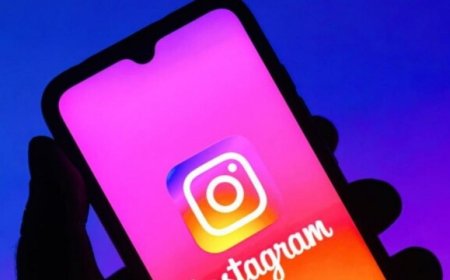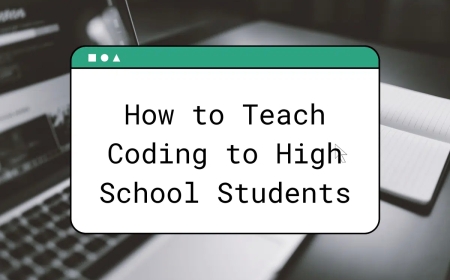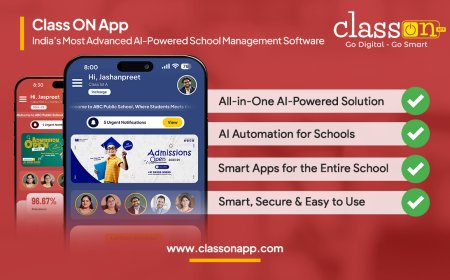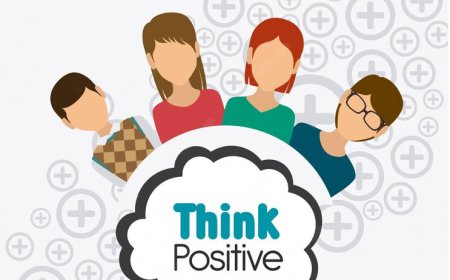Virtual Reality (VR) is revolutionizing the educational landscape, offering immersive and interactive learning experiences that were once unimaginable.
As technology continues to advance, Virtual Reality is becoming an increasingly valuable tool in classrooms worldwide. Here are ten ways VR is being used in education, reshaping how students learn and engage with content.
Immersive Learning Environments
VR creates fully immersive learning environments, allowing students to explore subjects in a 3D space. This helps in understanding complex concepts by visualizing them in a more tangible form.
Virtual Field Trips
Students can take virtual field trips to historical sites, museums, and even outer space, providing experiences that would be logistically impossible or too expensive in real life.

Enhanced Engagement
VR engages students in a way that traditional methods often can't. The interactive nature of VR can make learning more exciting and retain students' attention for longer periods.
Practical Skill Development
In fields like medicine and engineering, VR simulations allow students to practice procedures and techniques in a safe, controlled environment, enhancing their practical skills without real-world consequences.
Special Education
For students with special needs, Virtual Reality can offer tailored learning experiences that cater to their specific requirements, making education more accessible and effective.
Language Learning
VR can immerse students in a virtual environment where they can practice speaking and listening in a new language, interacting with virtual characters, and simulating real-life conversations.
Historical Reenactments
Students can witness historical events as if they were there, providing a deeper understanding and appreciation of history. This immersive experience can make historical facts more relatable and memorable.
STEM Education
VR is particularly useful in STEM (Science, Technology, Engineering, and Mathematics) education, where abstract concepts can be visualized and interacted with, making them easier to comprehend.
Remote Learning
With VR, remote learning can be more interactive and engaging. Students can participate in virtual classrooms, collaborate with peers, and attend lectures from anywhere in the world.
Empathy Building
VR can help build empathy by placing students in situations they wouldn't normally experience. For example, they can understand the challenges faced by refugees or people living in poverty, fostering a deeper sense of empathy and global awareness.
In conclusion, VR is a powerful tool that is transforming education by making learning more interactive, engaging, and accessible. As technology continues to evolve, the role of VR in education is likely to expand, offering even more innovative ways to enhance learning experiences for students around the world.
Follows Us for More Updates
Like Us on Facebook Page :
Click Here
Like Us on Instagram :
Click Here
